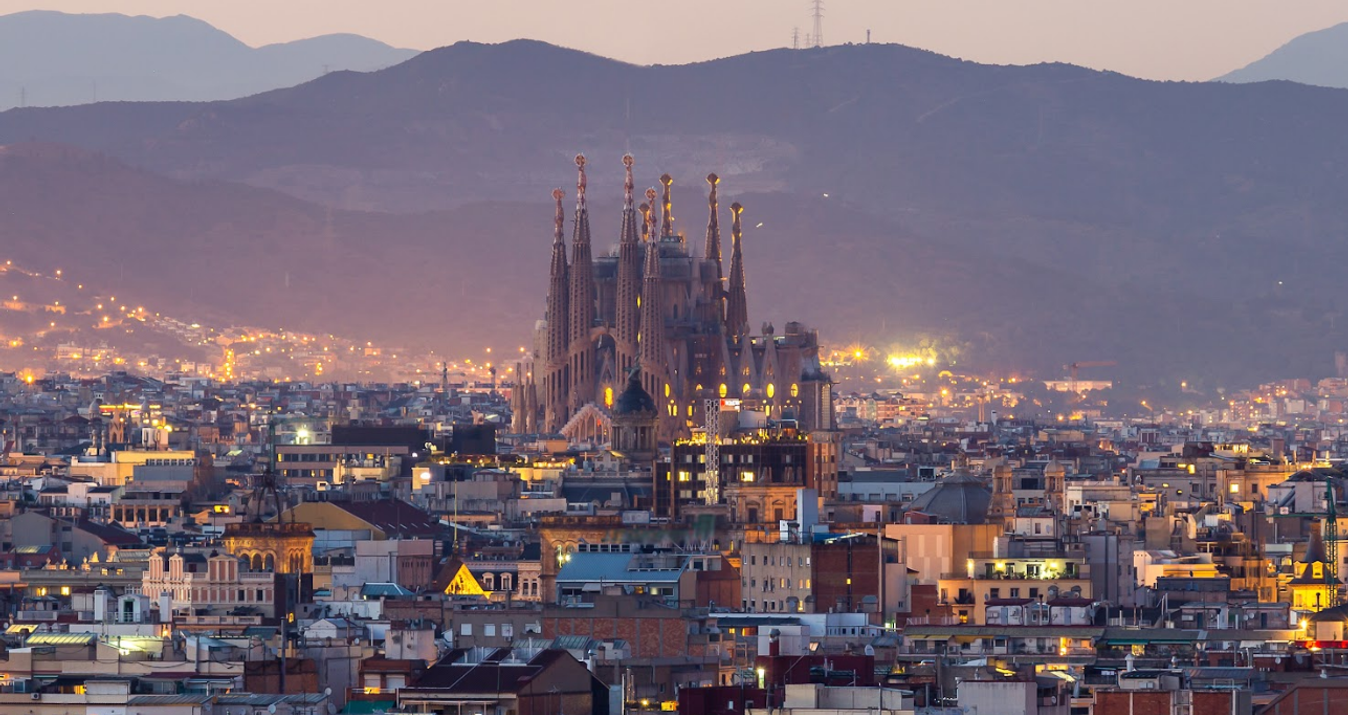When Is The Best Time To Take Pictures Outside?
May 15, 2024

Learn when the best times are to take outdoor pictures, from the golden hour to the blue hour; no matter the time of day or weather conditions
Ever noticed how some outdoor images just look better than others? That’s because timing is everything! We’re here to help you find the best time to take outdoor photos — perfect, no matter if you’re snapping pics for fun or looking to seriously step up your photography game.
You definitely know that sunlight isn’t the same all day. It changes in color and intensity as the hours pass. And understanding these changes can really help you take amazing photos!
Ready to take images that stand out? Let’s get started!
Golden Hour Photography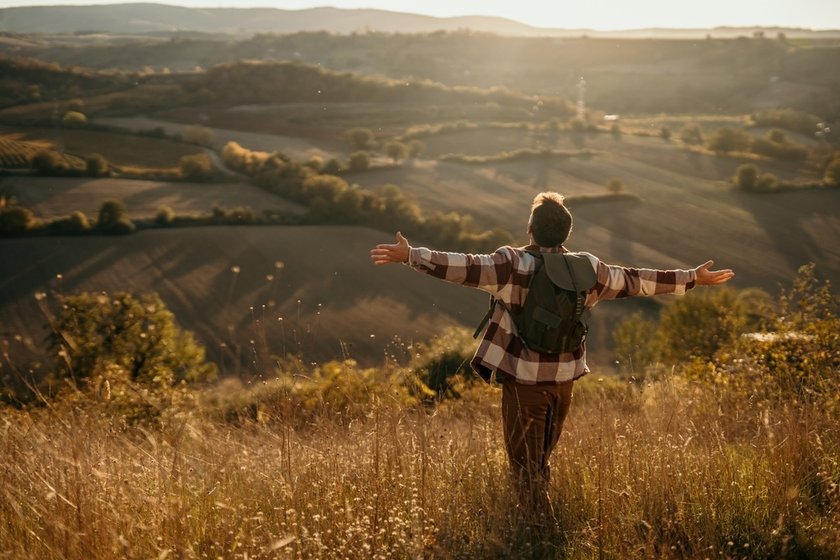
Golden Hour is that magical time just before sunset or just after sunrise when the sun is low in the sky, and its light is soft, warm, and diffused. This light wraps everything in a golden glow, often with a bit of haze that adds a dreamlike quality to photos!
How to Choose the Right Timing
The exact time of Golden Hour varies depending on where you are and the time of year. For example, in Oregon, during summer, Golden Hour can be around 8 PM, whereas in winter, it moves up to around 4:30 PM. It's important to note that heavy cloud cover in the Pacific Northwest often means missing out on Golden Hour because the clouds block the sunlight earlier than sunset. On a clear day, however, whether in summer or a crisp winter afternoon, you can capture breathtaking Golden Hour scenes!
When is it Better to Avoid Golden Hour Photos
Golden Hour might not always be the best time for photos, especially in summer when it occurs late, around 9 PM, which can be challenging for example for families with young children. At this time, kids are often too tired, which can lead to less than ideal photo sessions. However, if you're flexible, can handle a bit of unpredictability, and are open to capturing more candid, authentic moments, even the fussiness of tired children can translate into beautiful, honest photographs.
Golden Hour Photography Guide: Secrets of Perfect Lighting
Learn moreFine-Tuning Camera Settings
For landscape photography
You'll want to use settings that capture the detailed textures and rich colors of the environment. Start with ISO 100 for the cleanest images. Choose a narrow aperture, such as f/16, to keep everything in focus from the foreground to the background. Set your shutter speed around 1/30 or 1/60 to balance the exposure.
For Portrait Photography
Start with ISO 100 to minimize noise. Then, open up your aperture to something like f/2 to bring focus to your subject by blurring the background. Adjust your shutter speed between 1/250 to 1/500 to ensure your subject is well-exposed without any blur from movement.
Remember, while Golden Hour offers uniquely beautiful light, it's crucial to consider the practical aspects, especially when planning sessions involving young kids or when specific portrait styles are desired!
Blue Hour Photography
Blue hour is the time just before the sun comes up and right after it goes down. The sky turns a deep blue, often with touches of orange, yellow, purple, and pink. This type of light is soft and spreads evenly across the sky! If you are in the city, it is especially beautiful since the blue sky contrasts with yellow street lights!
How to Choose the Right Timing
Blue hour doesn’t last long — sometimes just a few minutes. That means you need to plan your shoot carefully. Apps like PhotoPills can tell you when the blue hour will happen in your location.
Make sure you arrive early to set up and be ready when the light is just right. If you're planning to shoot at dawn, it's a good idea to check out your location the day before so you're not fumbling around in the dark!
Fine-Tuning Camera Settings
For Landscape Photography
To capture the cool, serene hues and detailed textures during the Blue Hour, start with ISO 100 for the clearest images. Opt for a narrow aperture, such as f/16, to ensure everything from the foreground to the background remains sharply in focus. Since light levels can be low, begin with a shutter speed of about 1/30 or extend it longer to 1 or 2 seconds, depending on the available light and desired effect; a tripod will be necessary to avoid camera shake.
For Portrait Photography
Start with ISO 100 to minimize noise, which is crucial in the softer light of Blue Hour. Open your aperture to around f/2 to f/2.8 to focus sharply on your subject while beautifully blurring the dimly lit background. Adjust your shutter speed between 1/60 and 1/125 to capture your subject clearly without blur, using additional lighting or a reflector if needed to illuminate the subject properly.
Little Tips:
Monitoring Your Shots: Continuously monitor your photos by checking the preview and histogram. If they appear too light or too dark, adjust your settings accordingly. This real-time feedback is crucial for perfecting exposure during the blue hour.
Timing Your Session: Remember, the blue hour offers a fantastic opportunity for photography, but also consider the beautiful lighting just before and after this period. Don’t pack up too soon; stick around to capture various stunning effects as the light changes.
Handling Low Light Conditions: Blue hour light is gentle and does not cast harsh shadows, which creates a dreamy and surreal effect in photographs. However, due to the dim lighting, you’ll often need a tripod to stabilize your camera for longer exposures. This will help avoid blurring and ensure sharp images.
Outdoor Photography Ideas: 7 Techniques for Breathtaking Results
Learn moreTackling Midday Sun and Cloudy Weather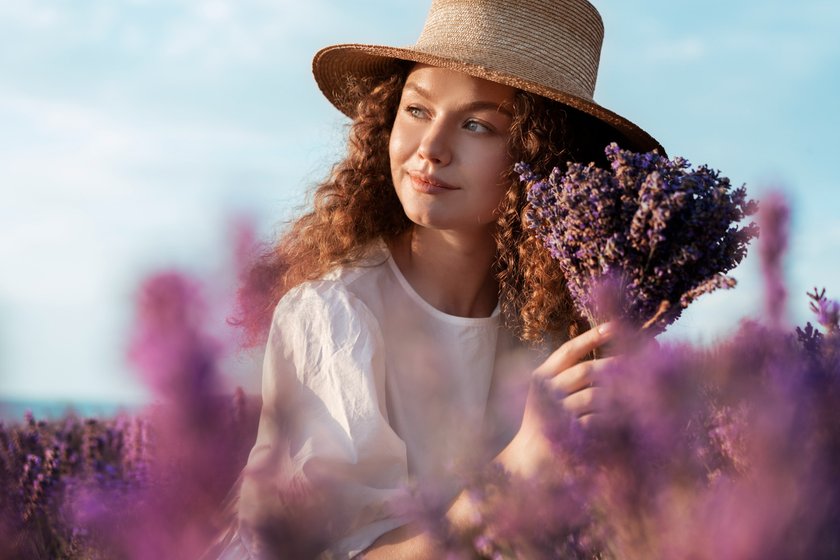
Midday Light Challenges
Midday light can be harsh and cast strong shadows and create overly bright spots in your photos. To soften these shadows, try using a reflector; it can fill in shadows nicely! If the sun is too strong, try using a diffuser. This spreads the light more evenly and helps to eliminate harsh contrasts!
Photography on Cloudy Days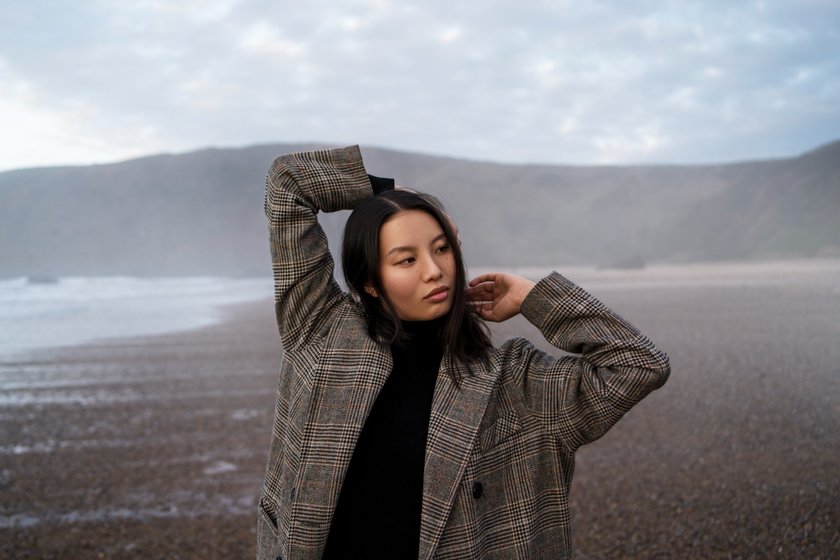
Cloudy days are ideal for taking pictures! The clouds act like a natural diffuser, by spreading the light evenly and softening the environment. This makes for vibrant, detail-rich photos without the stark contrasts seen on sunny days. If the skies are stormy, use this to add drama and emotion to your landscapes or city scenes!
Regarding the light, in bright conditions, we recommend increasing your shutter speed to prevent overexposure. On cloudier, darker days, you might need a higher ISO to capture clearer images. Experiment with these settings to see what works best for each situation!
Editing Your Shots
After you snap those outdoor shots, a little editing can really polish them up. Didn’t catch the golden hour? Try Luminar Neo’s golden hour filter to instantly give your photos that warm, sunlit look. It’s easy to adjust, so you can get just the right glow!
Luminar Neo can also switch up a bland sky with its sky replacement images feature. Choose from vibrant sunsets to starry nights, easily adding drama and beauty to your scenes with just a click.
Got some unwanted shadows? Use Luminar Neo’s remove shadows from the picture tool to lighten them up or clear them out completely. This is perfect for making sure every detail in your photo pops just the way you want it. With Luminar Neo, enhancing your outdoor photos is straightforward and effective!
Conclusion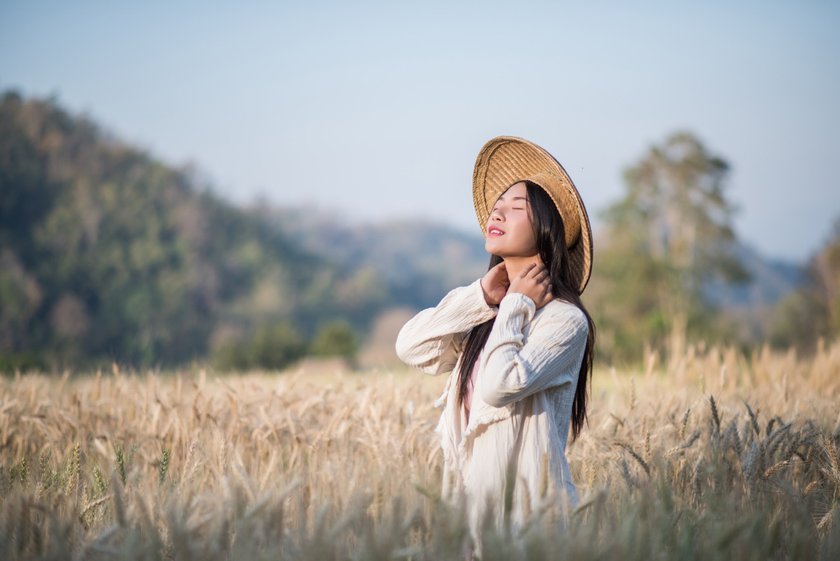
So, we've discussed different times for outdoor shooting, and while there's no worst time to take pictures outside, each period of the day has its own quirks.
Whether it's leveraging the dreamy light of Golden Hour or capturing the cool tones of Blue Hour, each time offers unique opportunities for stunning photography. Even midday sun and cloudy weather have their moments if you know how to use light to your advantage.
With the right approach, every time of day can lead to incredible photos!










